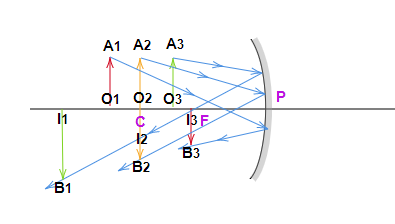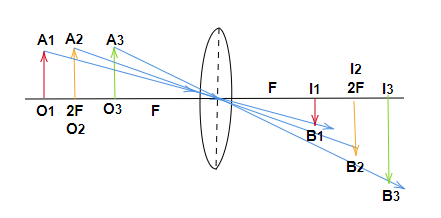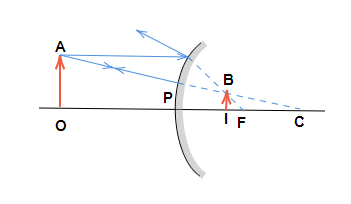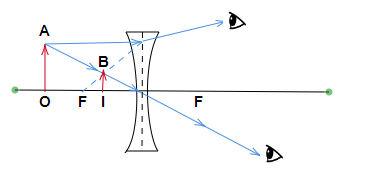
How do you tell if an image is upright or inverted?
Answer
223.8k+ views
Hint: The images formed by spherical surfaces can be of two types, that is real and inverted or virtual and erect. The images formed by the converging of light rays from an object form real and inverted images. Similarly, the image which is formed by the diverging light rays from the object will be virtual and erect.
Complete answer:
* If the image is real in the case of mirrors, it will always be inverted. Also in case of mirrors if the image distance is negative hence the image is inverted. These images will form on the same side of the mirror.
* If the image is real in the case of lenses, it will always be inverted. Also in case of lenses if the image distance is positive hence the image is inverted. These images will form on the opposite side of the lens.


* If the image is virtual in the case of mirrors, it will always be upright. Also in case of mirrors if the image distance is positive hence the image is upright. These images will form on the opposite side of the mirror.
* If the image is virtual in the case of lenses, it will always be upright. Also in case of lenses if the image distance is negative hence the image is upright. These images will form on the same side of the lens.


Note: The image formed by the convex mirror and concave lens will always be virtual and erect wherever the object is placed between \[\infty\] and P. The concave mirror and convex lens will form real and inverted images with varying sizes according to the object distance (u) and they can also form virtual images
Complete answer:
* If the image is real in the case of mirrors, it will always be inverted. Also in case of mirrors if the image distance is negative hence the image is inverted. These images will form on the same side of the mirror.
* If the image is real in the case of lenses, it will always be inverted. Also in case of lenses if the image distance is positive hence the image is inverted. These images will form on the opposite side of the lens.


* If the image is virtual in the case of mirrors, it will always be upright. Also in case of mirrors if the image distance is positive hence the image is upright. These images will form on the opposite side of the mirror.
* If the image is virtual in the case of lenses, it will always be upright. Also in case of lenses if the image distance is negative hence the image is upright. These images will form on the same side of the lens.


Note: The image formed by the convex mirror and concave lens will always be virtual and erect wherever the object is placed between \[\infty\] and P. The concave mirror and convex lens will form real and inverted images with varying sizes according to the object distance (u) and they can also form virtual images
Recently Updated Pages
JEE Isolation, Preparation and Properties of Non-metals Important Concepts and Tips for Exam Preparation

Isoelectronic Definition in Chemistry: Meaning, Examples & Trends

Ionisation Energy and Ionisation Potential Explained

Iodoform Reactions - Important Concepts and Tips for JEE

Introduction to Dimensions: Understanding the Basics

Instantaneous Velocity Explained: Formula, Examples & Graphs

Trending doubts
Half Life of Zero Order Reaction for JEE

Understanding Collisions: Types and Examples for Students

Formula for number of images formed by two plane mirrors class 12 physics JEE_Main

Understanding Displacement and Velocity Time Graphs

The photon radiated from hydrogen corresponding to class 12 physics JEE_Main

JEE Main 2025-26 Mock Test: Ultimate Practice Guide for Aspirants

Other Pages
JEE Advanced 2026 - Exam Date (Released), Syllabus, Registration, Eligibility, Preparation, and More

JEE Advanced 2026 - Exam Date (Released), Syllabus, Registration, Eligibility, Preparation, and More

CBSE Class 12 Physics Question Paper Set 1 (55/1/1) 2025 – PDF, Solutions & Marking Scheme

CBSE Class 12 Physics Question Paper Set 3 (55/5/3) 2025 – PDF, Solutions & Analysis

Understanding Inertial and Non-Inertial Frames of Reference

Free Radical Substitution and Its Stepwise Mechanism




